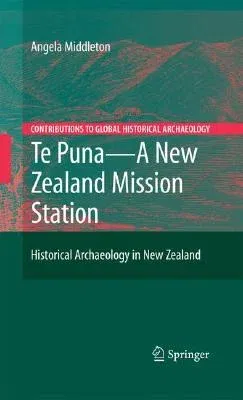Evangelical missionary societies have been associated with the processes
of colonisation throughout the globe, from India to Africa and into the
Pacific. In late 18th-century Britain, the Church Missionary Society for
Africa and the East (CMS) began its missionary ventures, and in the
first decade of the 19th-century, sent three of its members to New South
Wales, Australia, and then on to New Zealand, an unknown,
little-explored part of the world.
Across the globe, a common material culture travelled with its
evangelizing (and later colonizing) settlers, with artefacts appearing
as cultural markers from Cape Town in South Africa, to Tasmania in
Australia and the even more remote Bay of Islands in New Zealand. After
missionization, colonization occurred. Additionally, common themes of
interaction with indigenous peoples, household economy, the development
of commerce, and social and gender relations also played out in these
communities.
This work is unique in that it provides the first archaeological
examination of a New Zealand mission station, and as such, makes an
important contribution to New Zealand historical archaeology and
history. It also situates the case study in a global context, making a
significant contribution to the international field of mission
archaeology. It informs a wider audience about the processes of
colonization and culture contact in New Zealand, along with the details
of the material culture of the country's first European settlers,
providing a point of comparison with other outposts of British
colonization.

